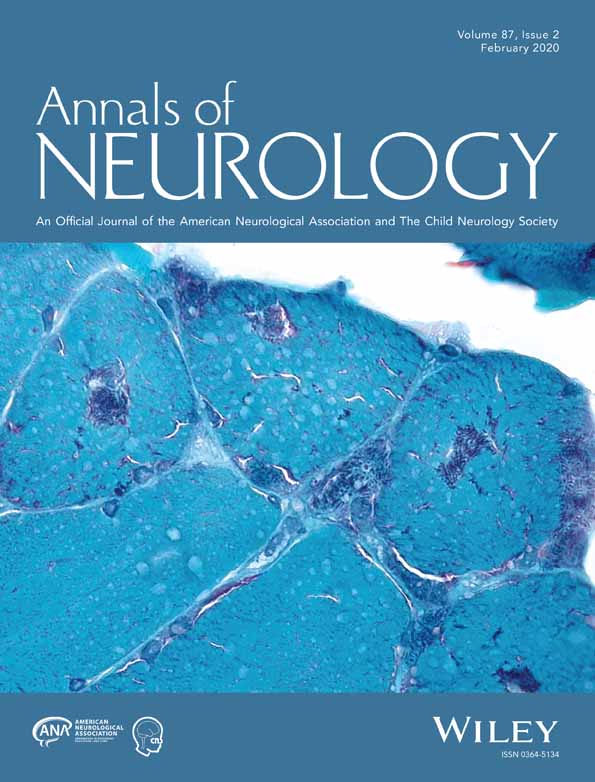Early Intrathecal T Helper 17.1 Cell Activity in Huntington Disease
Abstract
Objective
Huntington disease (HD) is an autosomal dominantly inherited neurodegenerative disorder caused by a CAG repeat expansion in the huntingtin (HTT) gene. No disease-modifying therapy exists for the treatment of patients with HD. The purpose of this study was therefore to investigate early disease mechanisms that potentially could be used as a target therapeutically.
Methods
Lymphocyte activity in cerebrospinal fluid (CSF) from 4 cohorts of HTT gene expansion carriers (n = 121 in total) and controls was analyzed by techniques based on flow cytometry and enzyme-linked immunosorbent assays.
Results
The data of this study provide evidence of immune abnormalities before motor onset of disease. In CSF of HTT gene expansion carriers, we found increased levels of proinflammatory cytokines, including IL-17, and increased consumption of the lymphocyte growth factor IL-7 before motor onset of HD. In concordance, we observed an increased prevalence of IL-17–producing Th17.1 cells in the CSF of HTT gene expansion carriers, predominantly in pre–motor manifest individuals. The frequency of intrathecal Th17.1 cells correlated negatively with progression of HD and the level of neurodegeneration, suggesting a role of Th17.1 cells in the early disease stage. We also observed a skewing in the balance between proinflammatory and regulatory T cells potentially favoring a proinflammatory intrathecal environment in HTT gene expansion carriers.
Interpretation
These data suggest that Th17.1 cells are implicated in the earliest pathogenic phases of HD and suggest that treatment to dampen T -cell–driven inflammation before motor onset might be of benefit in HTT gene expansion carriers. ANN NEUROL 2020;87:246–255
Potential Conflicts of Interest
Nothing to report.




